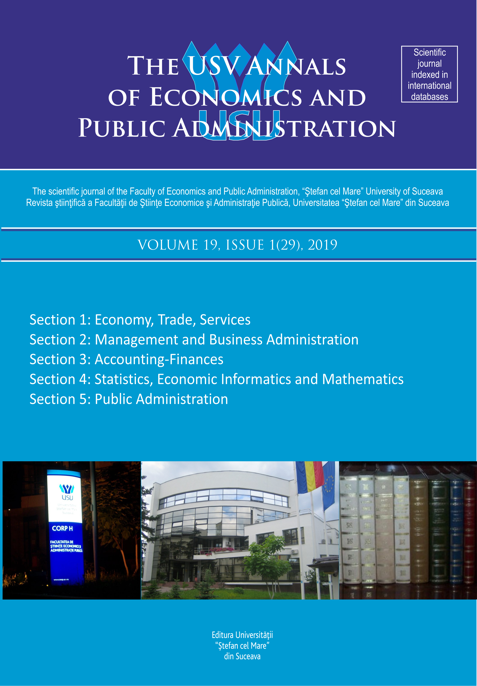MEASURING TAX EVASION. CONCEPTUAL APPROACHES
DOI:
https://doi.org/10.4316/aepa.2019.19.1(29).116-121Abstract
Tax evasion is a transnational phenomenon, harmful for all economies, its counteracting being an important purpose for policymakers all around the world. However, in order to be able to control tax evasion, first we should be able to understand it better and also to know its extent.
Due to the nature of this phenomenon, that cannot be directly observed – fact that makes it difficult to be measured – determining its dimension by different theoretical, experimental and statistical and mathematical methods was the central theme in many scientific works.
In this context, this paper’s main focus is exploring the relevant literature in order to identify and review different scientific approaches regarding the measurement of tax evasion.
It has been found that these approaches can be included in one of the following categories: direct methods, indirect methods and modeling approaches.
The main finding of the research is that no matter the method or procedure used for measuring this phenomenon the result is an estimated value that usually captures the dimension of tax evasion only partially.

